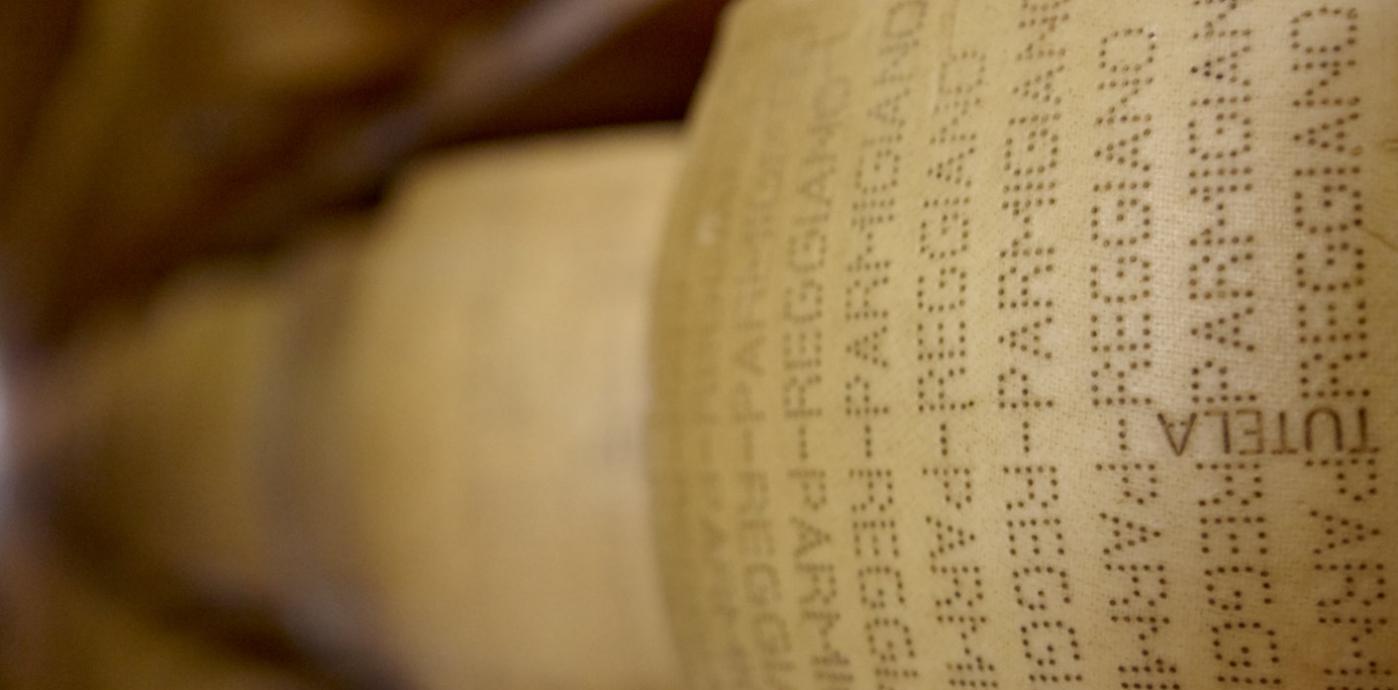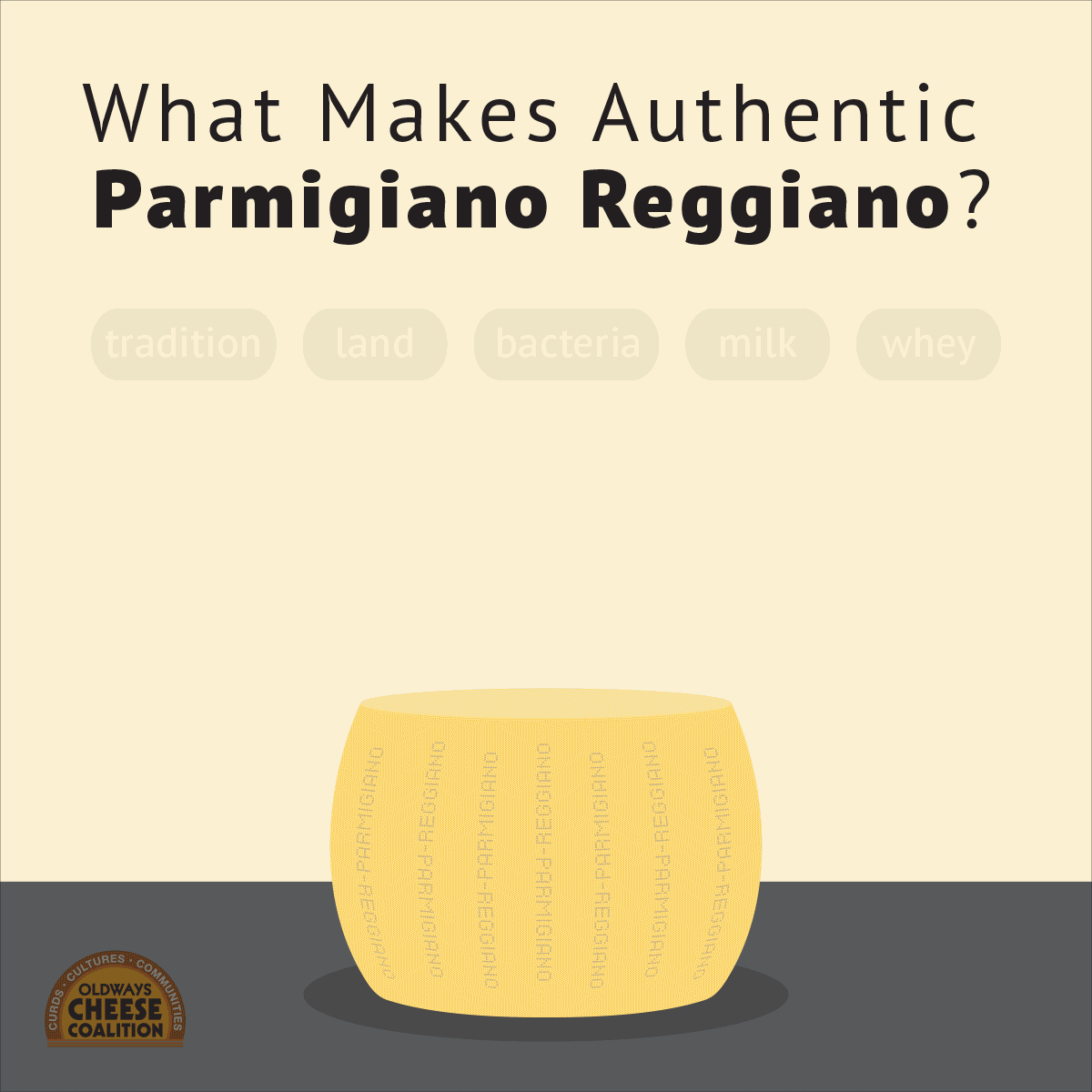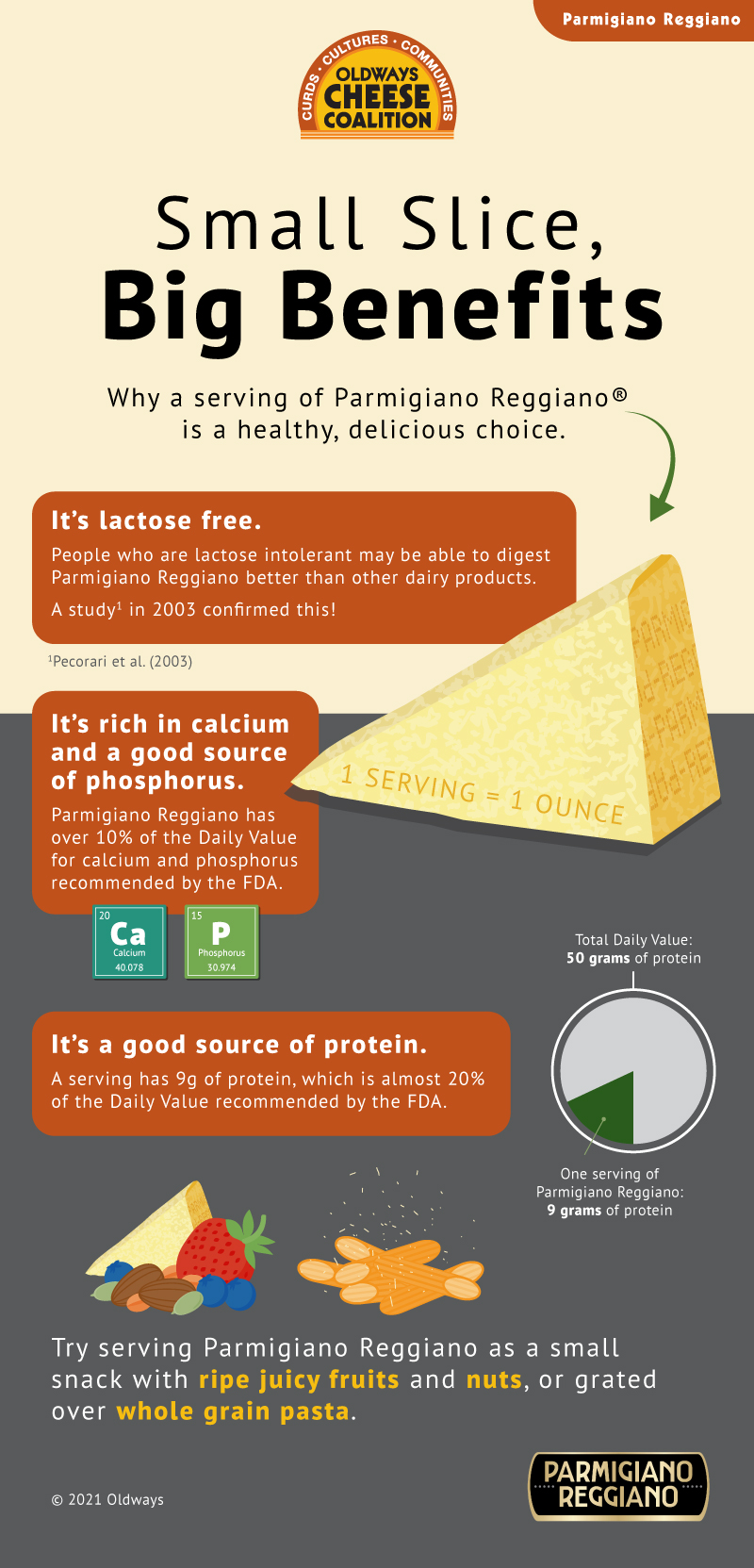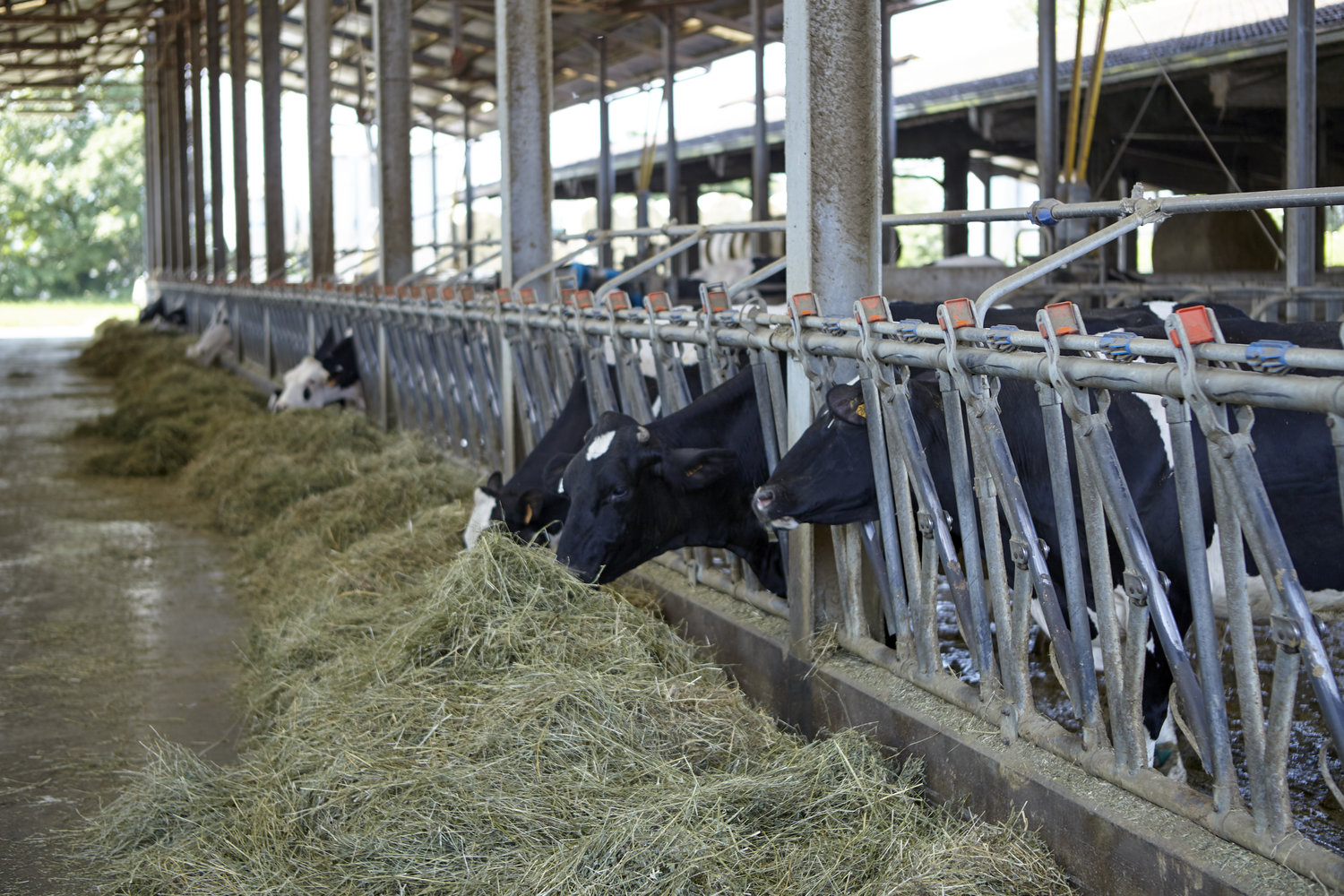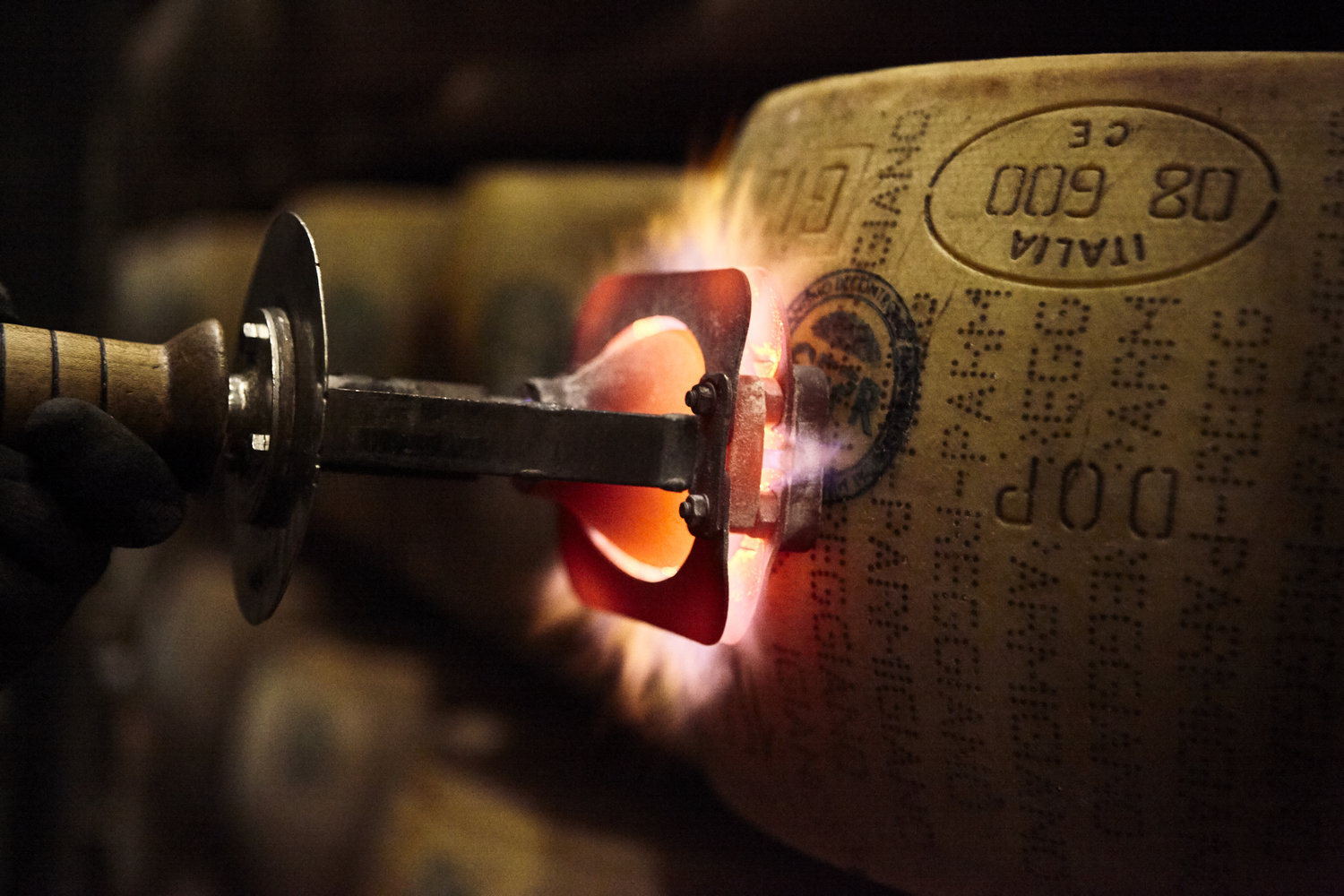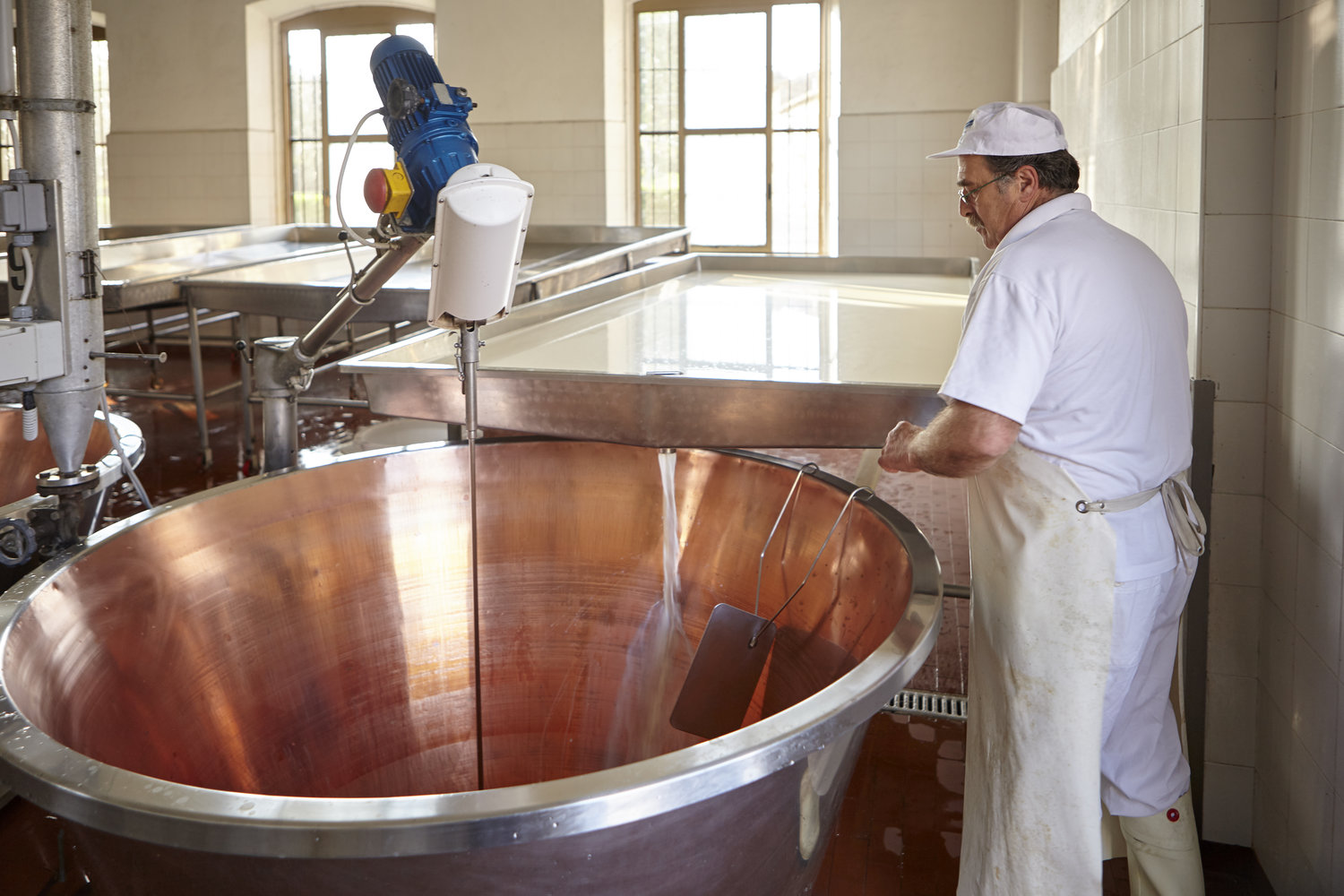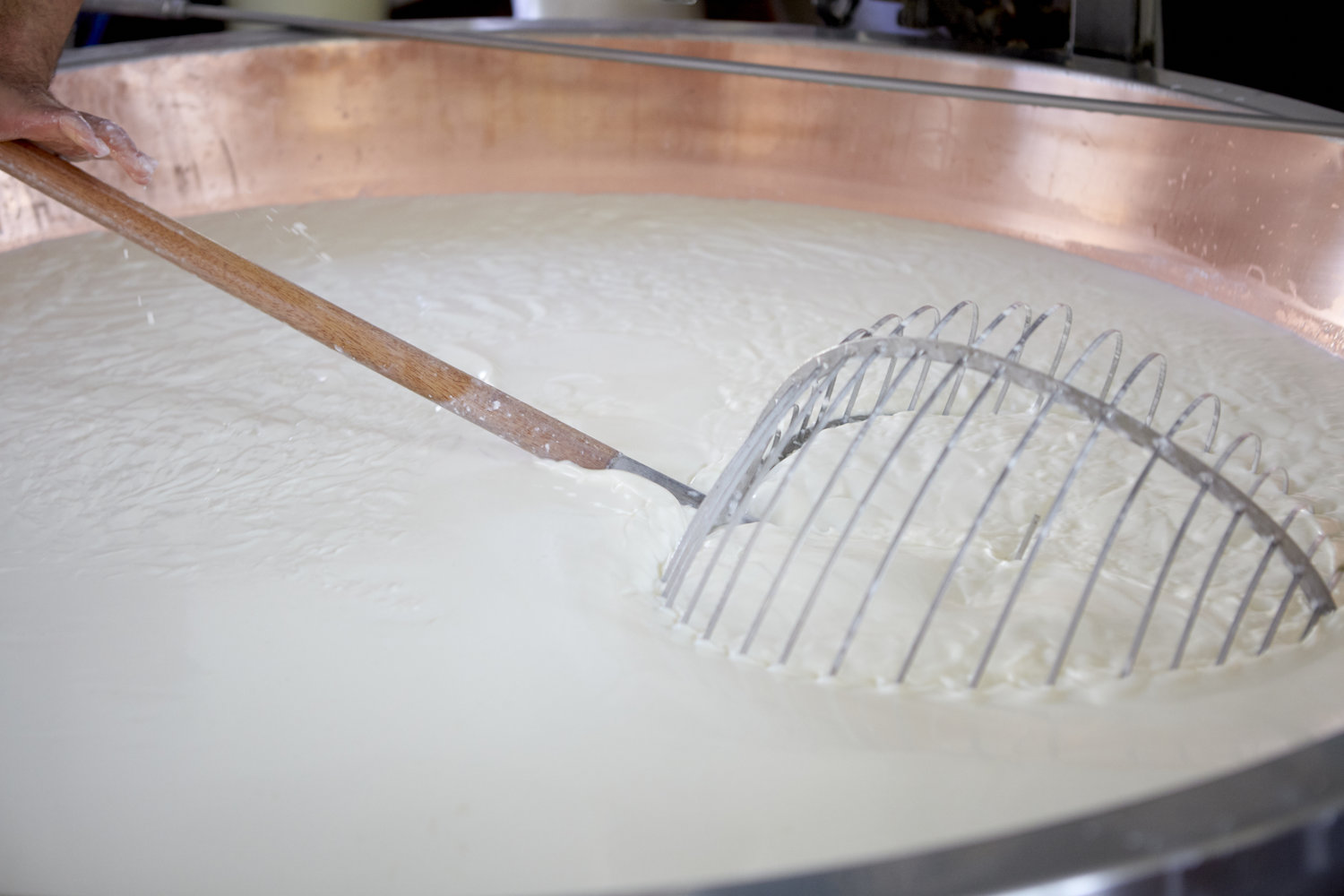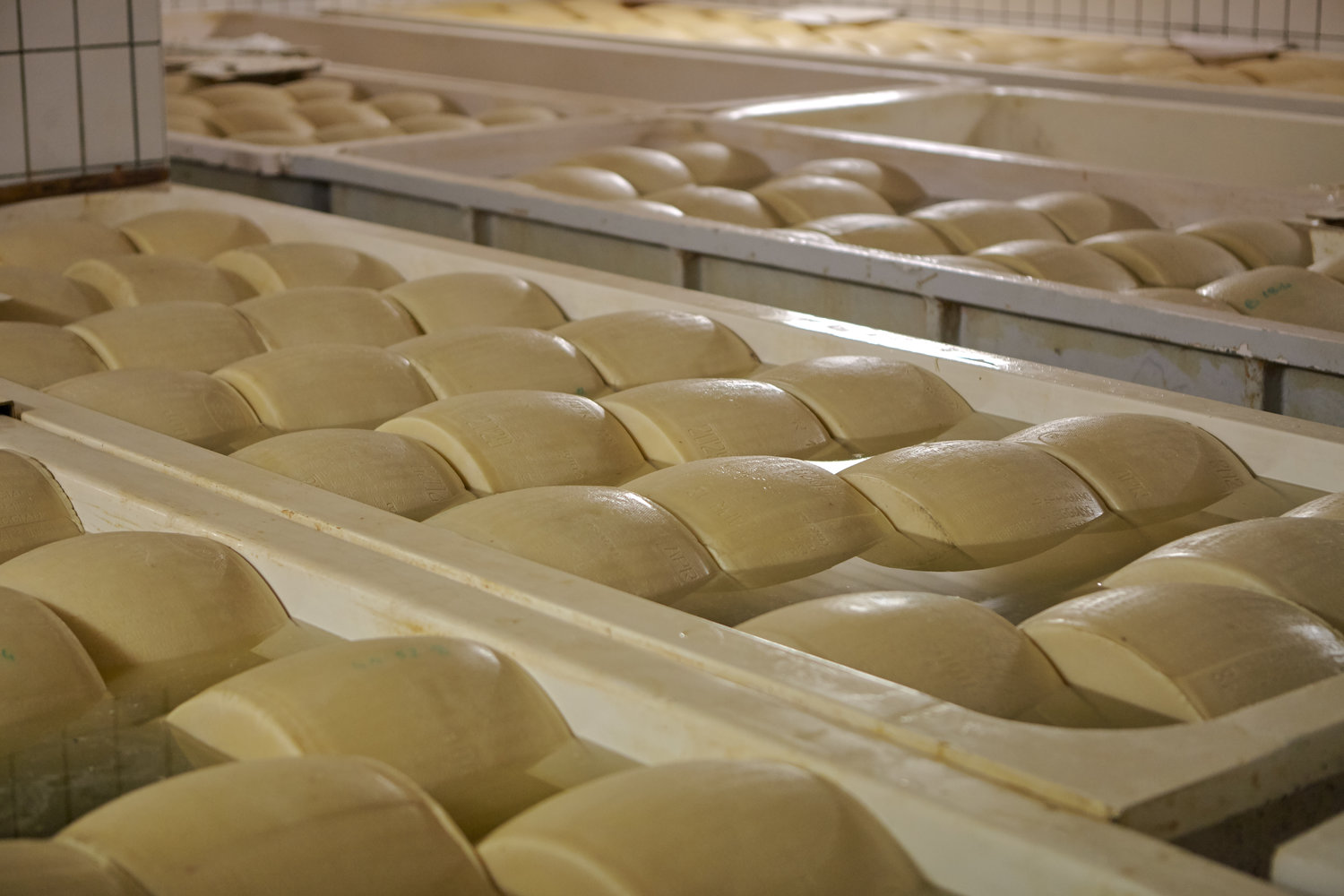How to Use Parmigiano Reggiano
Origins of Parmigiano Reggiano
Region of Origin
Parmigiano Reggiano is produced exclusively in the provinces of Parma, Reggio Emilia, Modena and parts of the provinces of Mantua and Bologna, on the plains, hills and mountains enclosed between the rivers Po and Reno in Italy. Learn more about Parmigiano Reggiano
The Milk
Only raw cow’s milk from defined region of origin can be used to make Parmigiano Reggiano®. All caseifici, or dairies, receive milk twice a day. The milk from the afternoon is partially skimmed of fat and rests. The morning milk is added to the milk from the day before to make cheese.
Name Protection
Parmigiano Reggiano is a name-protected product from Italy. For this reason, only the cheese made following all the following steps, with the milk of cows from the region of origin, and made in a caseificio in the same region, can use this name.
The Parmigiano Reggiano Production Process
Cheesemaking
Parmigiano Reggiano is made in the traditional process with raw milk and copper vats. The milk is coagulated using animal rennet and then cut with a traditional knife, called the spino. Once the curd is cut and shaped into a ball using a wood spoon, it is divided into two identical rounds and cooked for ten minutes.
Drying and Salting
The first day after the cheese is made, the remaining whey drains, in day two and three the water evaporates, then the fresh wheels are submerged in a salt solution for about 20 days to develop a rind and further drain water from the interior.
Aging
For two months the cheese solidifies as it loses moisture. Each caseificio (creamery) keeps these wheels for a couple of weeks before being aged in temperature-controlled rooms. After one year of aging, the cheese is checked for quality and branded with fire stamps.
Meet the Rezdore – the Italian Cooks Who Use Parmigiano Reggiano
Cooks in the Parma province of Northern Italy often use Parmigiano Reggiano in traditional dishes. These dishes are normally made for everyday meals and are served in small restaurants throughout the region. The local culture still revolves much around family and the recipes for these dishes are shared from generation to generation. The “Rezdore” of the area (an adoring term in local dialect for housewives) are the keepers of these cooking traditions. Meet Silvana Ghillani and Lucia Gennari, two home-cooks sharing their favorite recipes with us.
Pesto and Tomato Sauce with Pasta
Watch Silvana Ghillani make Pasta al Pesto con Olive Taggiasche e Pomodori Datterini (Pesto and tomato sauce with pasta). Ms. Ghillani sources ripe tomatoes from the local market for this delicious dish.
Recipe: PESTO PASTA WITH TAGGIASCHE OLIVES AND DATTERINO TOMATOES
Cannelloni with Wild Greens
Watch Lucia Gennari make Cannelloni con i Verds (cannelloni with wild greens). Ms. Gennari forages wild greens for this delicious dish. You can use seasonal greens and taste the flavors of the harvest.
Recipe: Cannelloni with Wild Greens

